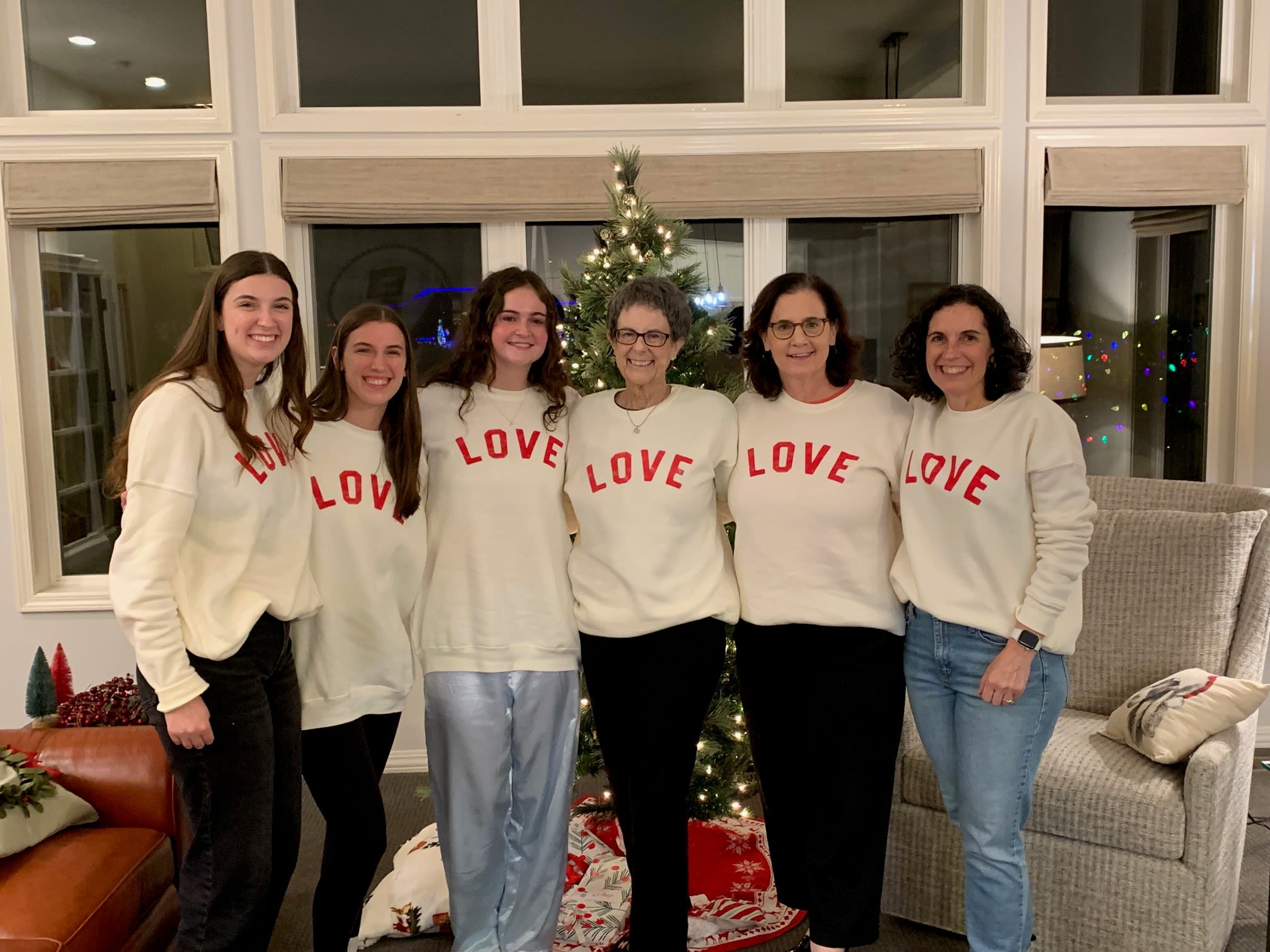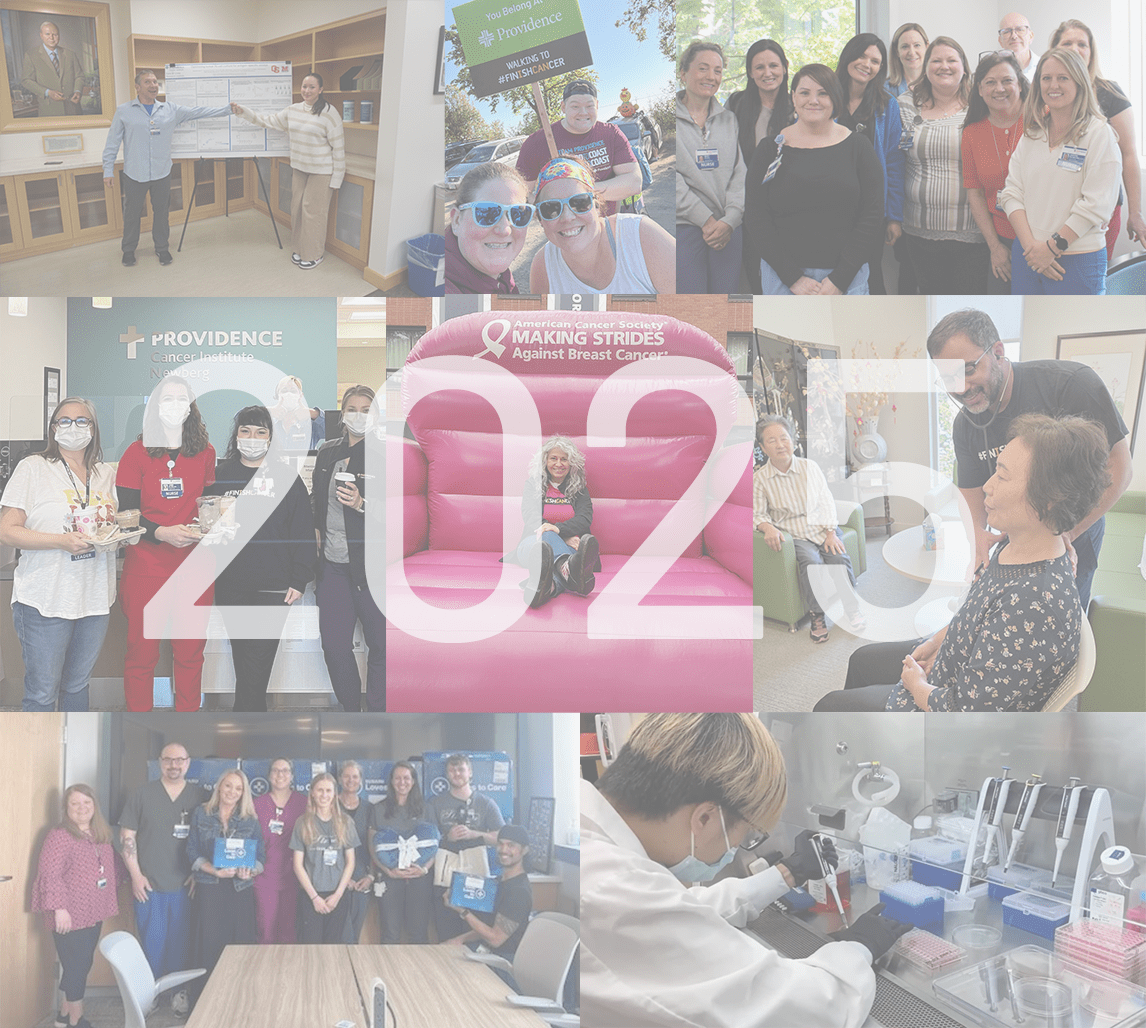Providence leader developed strength through adversity
[6 min read]
In this article:
-
Our communications director, Beth Hegde, experienced a life-changing moment when a gunman was reported at her children’s high school.
-
Hegde shares the story of how she navigated the day as a communications leader for the hospital — and as a mother.
-
The hospital leader credits the experience she gained working through the COVID-19 pandemic as giving her the strength to do what she needed to do.
Providence communications director developed strength through adversity
Beth Hegde, director of communications at Providence, didn’t realize how strong she was until her mettle was tested one snowy day in December.
“Most people were working from home that day because of the snow, and my 15-year-old son, Lucas, was home from school with a sore throat,” Hegde recalls. “Susan Stacey (chief executive for the Providence Inland Northwest Washington service area) and I had a meeting with a community organization that day, so I picked her up in my SUV to drive her there.”
During the meeting, Hegde heard Stacey’s watch buzz. Then she heard her own watch go off.
“As part of my communications position, I serve as the public information officer for the hospital,” she explains, “so I’m the first one to hear if there’s an emergency.”
When she learned what was going on, Hegde interrupted the meeting:
“I said, ‘I’m really sorry, but there’s an active shooter at Lewis & Clark High School, and if there are victims, they’ll come to our hospital. We have to go.”
While she was gathering her things to leave, Hegde added, “My daughter, Sarah, is a senior at Lewis & Clark. She’s there right now.”
Moving forward in uncertain times
Hegde checked her phone and saw that a family text chain had started, with Sarah asking her, her husband and Lucas, a sophomore at Lewis & Clark, if they knew what was going on.
“She said, ‘We’re on lockdown at the school. Does anyone know what’s happening?’” Hegde says. “Lucas responded, ‘Someone has a gun in the school.’ She said, ‘OK. I’m in a second-floor classroom,’ then described where in the building she was. I found out later that’s part of the training — to tell their parents where they are so they know where to find them.”
Meanwhile, Hegde was getting word from her hospital contacts that six people had been shot, with more coming, and they were preparing the emergency department to receive trauma patients.
“I texted Sarah at a red light on our way to the hospital to stay where she was,” Hegde says. “I remember Stacey put her hand on my shoulder and asked if I was OK. I said, ‘Yep, I’m good. Thank you.’ Looking back, I think I was compartmentalizing. I knew that there was nothing I could do for Sarah right at that moment.”
As they drove up the snow-covered hill toward the hospital, Hegde went on autopilot: “I started going through what we needed to do as a hospital. I said, ‘We’re going to need to a make a media holding area. We’re going to need private rooms for families whose kids have been shot as they wait for word on their condition. We’re going to need release forms so we can talk about their conditions. We’re going to need to put you (Stacey) on camera within 15 minutes. We’re going to need someone to bring masks to the emergency room because students who aren’t injured are going to be coming to support their friends. We’re going to need parking management, extra security. We’re going to need to put out a post on social media.’”
The ordeal of processing trauma
In September 2017, the Spokane area was devastated by a school shooting at Freeman High School. Caleb Sharpe, a student at the school, opened fire in a hallway, killing one 15-year-old student, Sam Strahan, and wounding three others before he was subdued by a custodian.
“This happened right before I started working at Providence,” Hegde says. “I remember that 200 students drove to the hospital because they wanted to know how their friends were doing. I remember the chief executive at the time didn’t know how else to help, so she ran out to the parking lot in her business suit to direct traffic. That’s just who Providence is. Everyone rolls up their sleeves to help however they can. I was remembering those things and figuring out what we needed to do.”
This time, the school shooting at Lewis & Clark turned out to be a prank. Someone had called the police and the hospitals and told them there was a shooter at the school who had shot at least six people. The person had not called the school. That meant when police stormed the cafeteria in their SWAT gear, the school had erupted in chaos, with students running and screaming in fear.
“I texted Sarah and told her it was a false alarm,” Hegde says. “I told her to go home as soon as she could, and I’d be there as soon as I could get there. I dropped Susan off then drove home, trying to process everything. I met Sarah at the door and would not stop hugging her. She said, ‘What are you doing?’ I told her, ‘We’re just going to hug for a few minutes.’”
A little while later, Lucas’ best friend came over. He’d been in a classroom right next to the cafeteria. “Students had pounded on the door to let them in, but the teacher, following orders, had kept the door locked,” Hegde says. “There was just so much trauma.”
How COVID prepared our caregivers to face any crisis
Eventually, after many days of processing, Hegde came to realize something:
After experiencing more than two years of around-the-clock crisis mode during the COVID-19 pandemic, she could do anything.
“There were so many stories we told, so many horrible things we saw,” she recalls. “There was the man who had to be flipped onto his stomach so his lungs would work, and even though he later died, his wife insisted on us telling his story to the local newspapers because she wanted people to know the importance of getting vaccinated — something her husband hadn’t done.”
Although she credits the frontline workers as the true heroes (“although, frankly, ‘hero’ isn’t a strong enough word,” she says), Hegde says her team learned and grew through the experience, as well: “We’re called shared services for a reason — because we serve the caregivers who serve the patients. That training we got, although horrific, was also really empowering.
“Our job as Providence caregivers is to comfort the poor and vulnerable and be there for them,” Hegde says. “And when this happened in December, which affected both my family and my work, it was such a life-changing moment for me. I know I’ll never be intimidated by anything I do in my job ever again. Nothing scares me anymore. I tell people on my team, ‘Guys, we’re superheroes now. We can do anything. We’ve all been affected by this trauma, but maybe we can do some good with it.’”
The Providence Caregiver Spotlight series
Our caregivers live out our mission of service, especially to those who are poor and vulnerable, every day. We’re honoring their service through Providence Caregiver Spotlight stories that highlight their inspiring work.
--
Contributing caregiver
Beth Hegde has served as director of communications since 2019. Before that, she served as senior communications manager at Providence.
In February, she was honored as a Top Women in Communications for 2023 by Ragan Communications for being the “go-to comms person in times of crisis.” She was recognized for her servant leadership in the Crisis Navigator category.
In her role, Hegde serves all Providence hospitals and clinics in Eastern Washington. She has two decades of public relations experience.
Download the Providence app
We’re with you, wherever you are. Make Providence’s app your personalized connection to your health. Schedule appointments, conduct virtual visits, message your doctor, view your health records and more. Learn more and download the app.
Related resources
Providence home to ‘best care in Washington’
Protecting your mental health from global stresses
This information is not intended as a substitute for professional medical care. Always follow your health care professional’s instructions.




